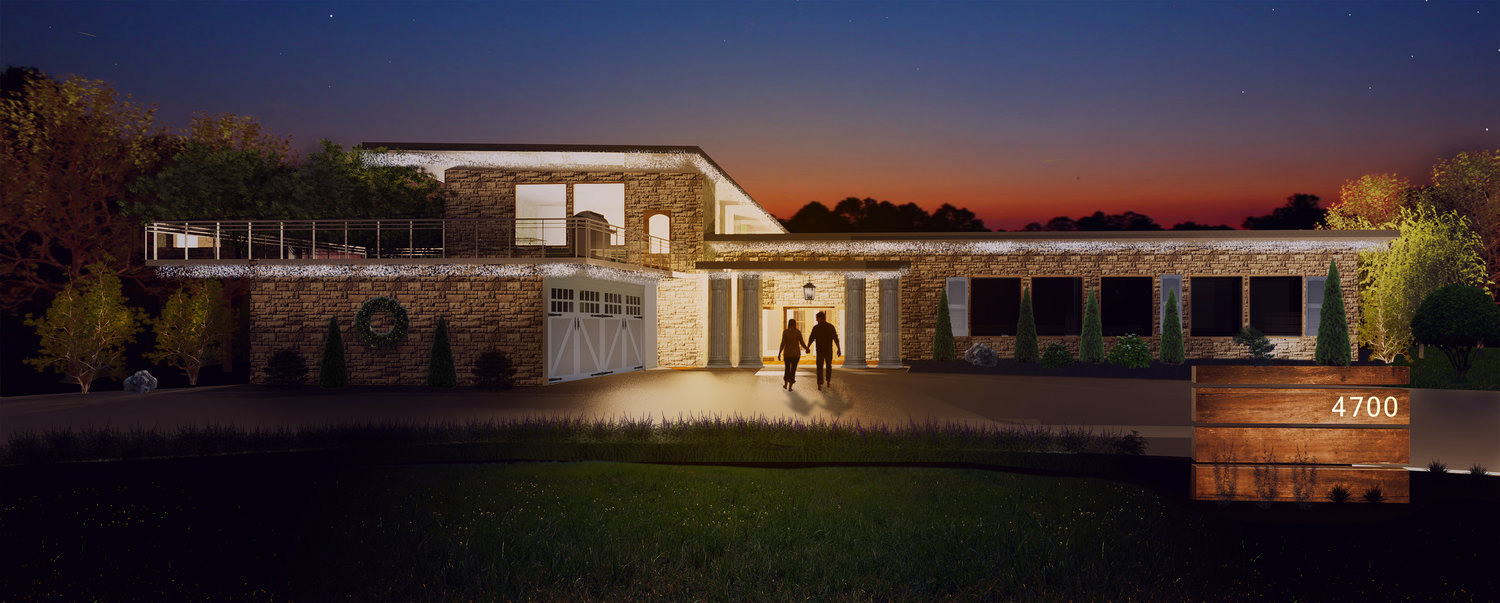
More people suffer from obesity than any other disease. The importance of addressing this issue through the built environment cannot be overlooked. Obesity is often triggered by a lack of energy balance. Residential built design can have a huge impact on obesity by offering an environment which encourages movement and discourages complacency.
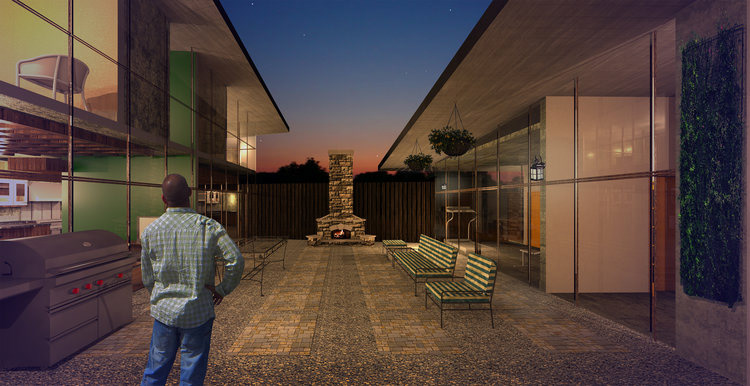
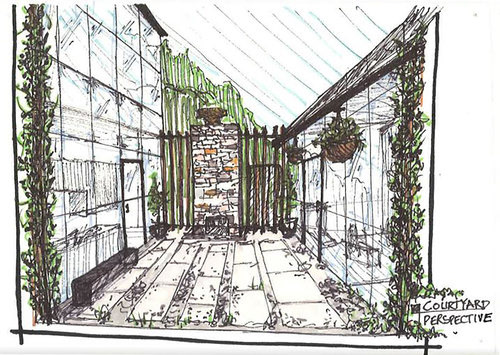
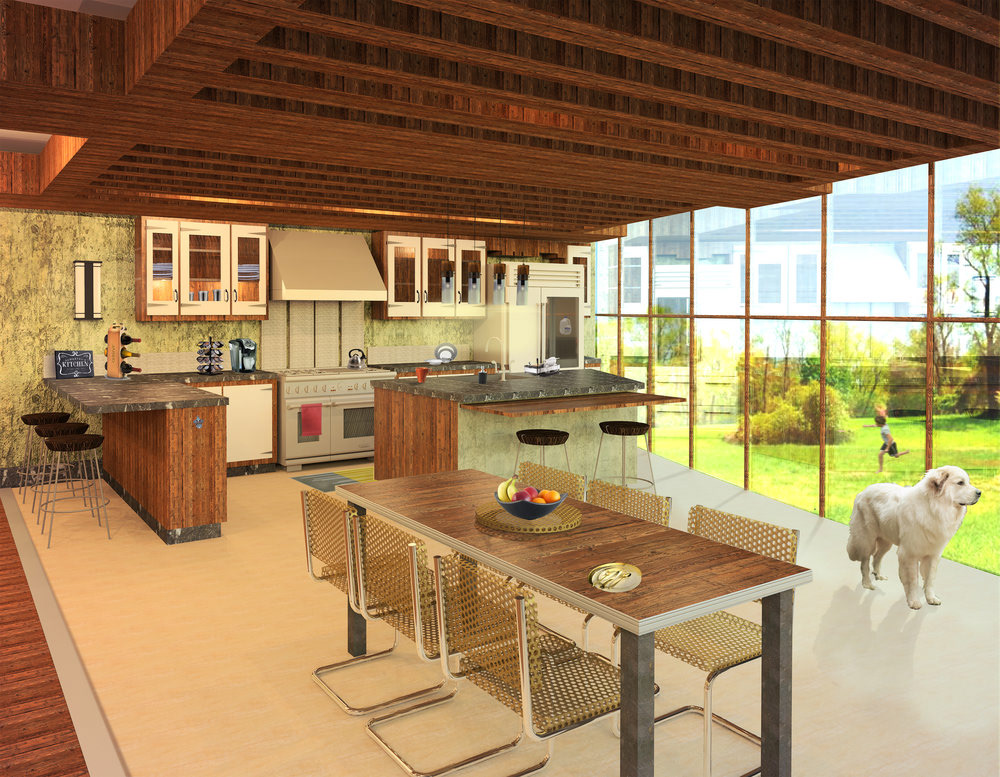
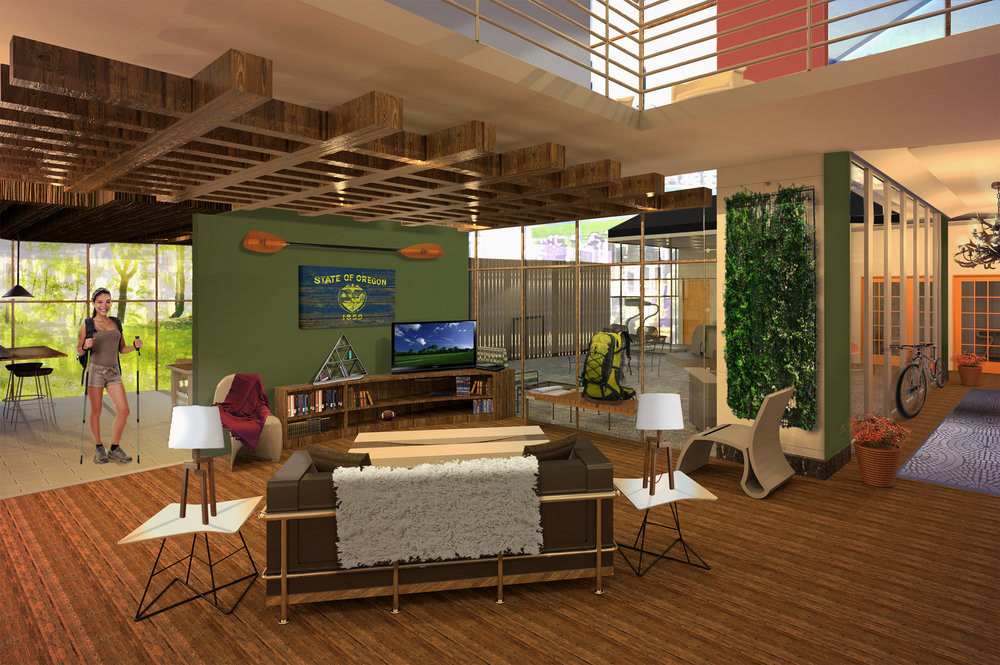
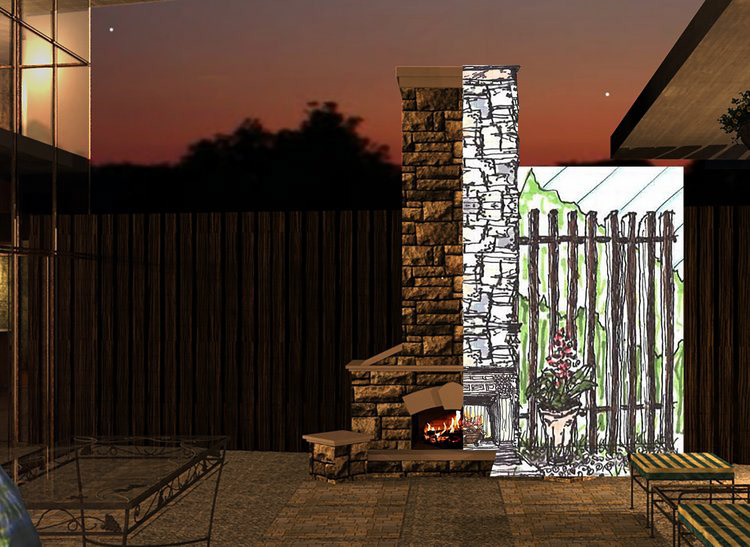
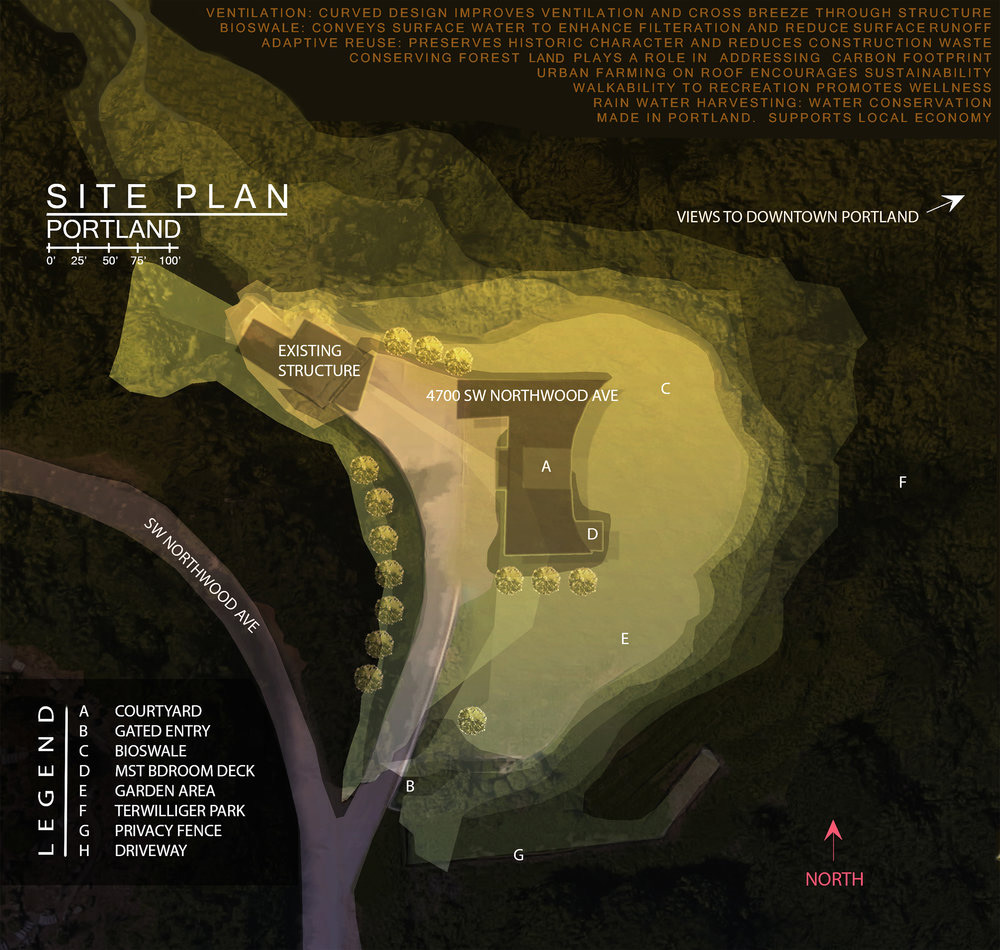
Sustainability plays a vital role in wellness. This home is energy efficient, has a low carbon footprint, and maximizes the use of organic and local materials. Portland has 164 rainy days a year. This averages out to 14 days a month, added to five cloudy days a month. In this environment, solar panels are not practical (see sun # graph). With this in mind, the house was designed with a slight curve on the east side, facing the city of Portland below. This curve harbors gusts of wind which blow up the hill. This collected wind provides superior ventilation along with powering a wind turbine on the northeast corner of the home. This curve points to this turbine, which in turn pumps the 64” of water which falls each year. Runoff water is collected in a bio-swale in the landscape, reducing further runoff. This water is filtered with an onsite filtration system. This is used for flushing and irrigation. The 3.65-acre property is situated on the edge of Terwilliger Park, so conserving this forest land plays a role in addressing carbon pollution. The home also addressing this by reducing electrical leaks. Electric leaks are the leading culprit or energy loss, ahead of natural gas by almost 300%. For the structure, concrete is used because it forms an airtight and continuous barrier, which leaks a fraction of the heat that wood frame construction does. Heat loss accounts for the most energy loss in residential construction. Concrete’s mass keeps the home cooler in the summer. Concrete’s characteristics of low albedo, thermal mass, recyclability, local availability, and lack of volatile organic compounds contribute to its sustainability. A tank less water heater is used in the home to eliminate the cost of heating water sitting in a heater. A rooftop garden encourages sustainability by encouraging urban agriculture. The east side of the home is continuous glazing, which maximizes the use of morning sunlight and offers cool light and views for the entire home. Local materials were used in the construction of the home to support the local economy as well as reducing emissions from transportation to the site.